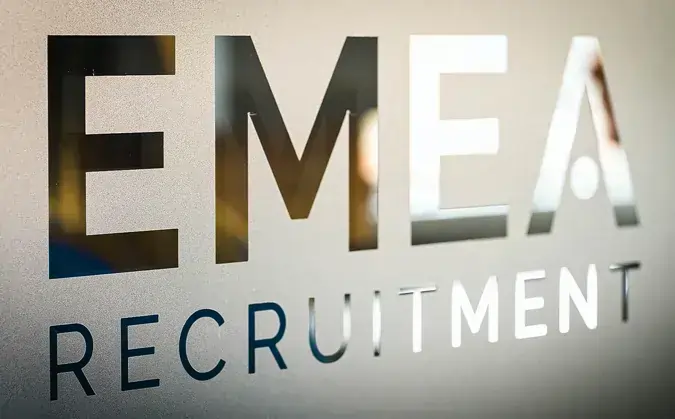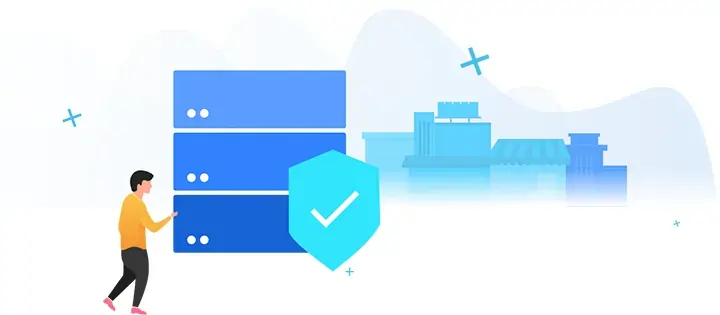Oliver Kasper - Director People Analytics & Digital HR at SWAROVSKI


Swarovski have been through a large-scale digital HR transformation; can you tell us more about this and what the business case was for doing so?
We started our HR transformation project in 2015. Before, we had a very fragmented HR landscape which made it very difficult to ensure a companywide digital HR transformation. Our transformation included systems, processes and roles of managers and employees. The project included all our 28,000 employees of Swarovski Crystal Business and the ultimate objective was to standardise and digitalise processes, systems, data and the roles of HR, line managers and employees globally. Not a small scope indeed, but the project was successfully executed from mid-2015 until mid-2018 on a global scale. We closed the project with our executive Steering Committee just recently.
The pace of change in technology is having a profound effect on the human resources function. As a Digital HR strategist, perhaps you could give us your insight into what HR will look like in the next 5 to 10 years from now?
It is very difficult to look into the crystal ball, but let’s give it a try. First of all, HR will move in into the centre of the enterprise. The Head of HR is becoming the new business leader and is no longer just an executive of a supporting function. In the 70s the CFO was the most important person next to the CEO and this will change during the next decade. Second, HR will be by far more data driven than in the past and HR will move into fact-based decision making (without data you are just another person with an opinion). People Analytics will move into the centre of HR and will ensure that HR is broadly accepted by the business. There are already great examples available from data driven companies which move into this direction, e.g. Google, ING or ABN Ambro. Third, technology will be the main driver in HR. AI, robotics, automation and all the other technologies will be a naturally included in HR. For example, it is acknowledged for long that manual labour jobs are shifted to machines, but machine learning means that robots will also be able to take on many cognitive tasks better than their human counterparts. This will radically change the workplace and the workforce. HR will have to find and maintain a balance between machine labour and human labour, and potentially begin to deal with a re-imagining of human workers’ purpose and scope.
How do you keep up to speed with the ever- increasing capabilities technology offers?
This is very simple at the end. What business value does technology bring for your enterprise? If AI, cloud, personalization – just to mentioned some of the buzz words – is not leading to better company performance then it is not worth moving into this direction. Additionally, you need also to be brave and just try things out. The old way of long-term planning is not as valid as in the past. A decade ago 5 – 10 year roadmaps were state of the art. Nowadays technology changes so fast that you need to constantly adapt your roadmap.
You have built and led teams in People Analytics, what recruitment challenges do you face?
This is a very good question and indeed recruiting in this new space is very challenging. The perfect People Analytics manager needs to have set of various skills. From my point of view this is mainly:
· Business acumen: Financial literacy, Political astuteness, Internal and External awareness
· Communications: Storytelling, Visualization, Writing, Presenting, Marketing
· Consulting: Problem definition, Hypothesis building, Project management, Solution development, Change management, Stakeholder management
· Data Science: Quantitative (mathematics and statistics), Computer Science (databases and programming), Data awareness
· Human Resources: HR sub-functions, HR interdependencies, International HR, Privacy and ethics, HR «sixth sense»
· Work Psychology: Industrial psychology, Organizational psychology, Research design and analysis
Typically, people focus on the last three skills, but the first mentioned are more important. The first three are the make or break if your People Analytics projects will have business impact or not. At the end stage you need all 6 of them to be successful.
We had a very thorough and well-structured recruitment process. I was very lucky with my first recruitments as they can cover all 6 needs skills needed to be successful in analytics.
What would you say is the most enjoyable part of your role?
I am passionate about a broad range of topics in HR and I enjoy building up new teams, efficient and effective organisations and working in projects connecting different cultures, countries, functions, units and processes. Nevertheless, what excites me most is having measurable business impact with the activities we are doing. Especially currently with People Analytics - if you do it right you can have considerable business impact and correspondingly great feedback from senior business stakeholders. This makes real fun and I enjoy this a lot.
Who was your most admired person when you were in your childhood and why?
My parents and my grandparents showed me how to enjoy hard work, being resilient and move things forward also under difficult circumstances. Looking back all of them contributed to the person I am today. I am very thankful to all of them.
If you could choose an Artistic/Musical/Sporting career, who would it be and why?
My biggest hobby is my family, but you are asking for a career. I love to be in nature and therefore I would choose one for winter and one for summer. In winter I would love to do ski tours and in summer I would love to kite surf. My wife and kid love both too, but especially I enjoy the feeling being in sync with nature with both sports. They combine nature, action, fun and are technically ambitious.






You can also use your social account to sign in. First you need to:
Accept Terms & Conditions And Privacy Policy